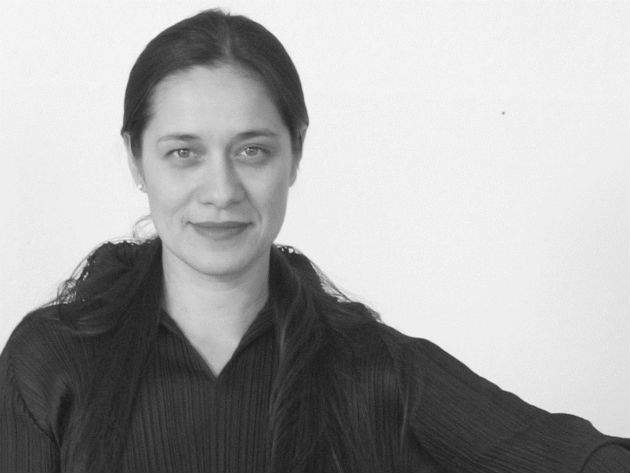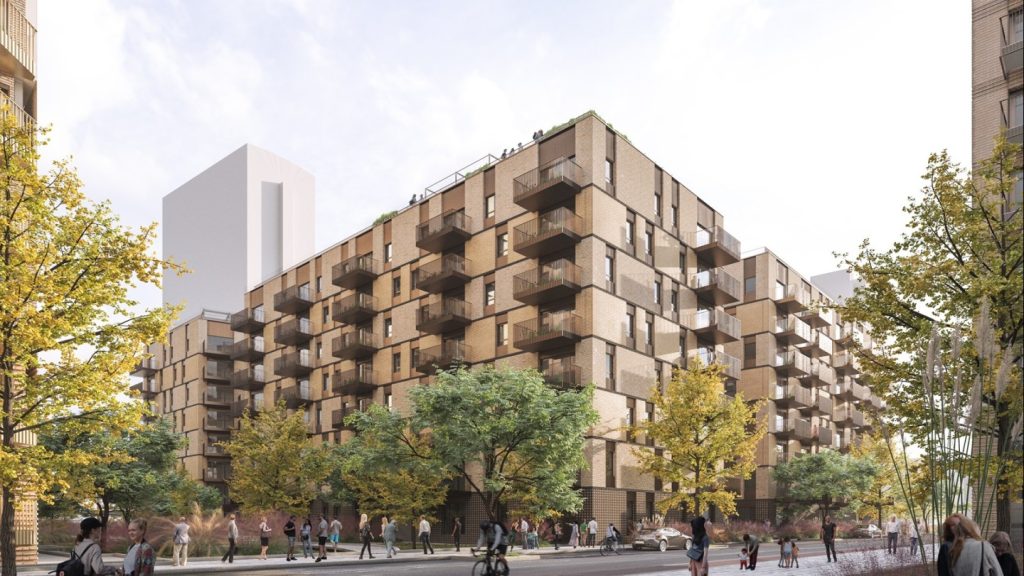

French architect Sophie Nguyen relocated to London in the 1990s, and since then has been firmly embedded in the UK capital’s architecture and design community. After working for five years at the Richard Rogers Partnership – now Rogers Stirk Harbour + Partners – she founded her own Kensington-based design practice in 2003.
Since then, Nguyen has developed extensive experience working on domestic improvement and redesign projects in west London, while also consulting with Arup on proposals for some major cultural projects, including bridge concepts, a feasibility study for the Commonwealth Institute and a ‘park in the sky’ tower proposal for London’s Olympic Park.
Meanwhile, she has maintained strong links with her London community, serving on the architectural advisory panel for the borough of Kensington and Chelsea and as a guest juror at the London Metropolitan University School of Architecture and Interior Design.
Given the volume of work she has carried out in London, we sat down with Nguyen to get a perspective on London’s property market from an architect with a mindset that sits halfway between London and Paris. What is her opinion on project planning in London and accusations that the capital’s character is under threat from bland, height-obsessed design trends and weak planning guidelines? And how could the UK’s recent referendum vote to leave the European Union impact architects and designers in London?
See Also:
Chris Lo: What prompted you to relocate to the UK and take a position with the Richard Rogers Partnership?
Sophie Nguyen: I had worked very closely with [a UK-based] structural engineering firm and I very much enjoyed the English approach to design. At the same time I met my future husband. He moved back to the UK and then eventually a year later we decided it would be a good idea if I could come over. For me it was very attractive to go to a new culture, and London is a very attractive and dynamic city, so for me it was almost a renaissance and a leap into something very new and exciting.
How well do you really know your competitors?
Access the most comprehensive Company Profiles on the market, powered by GlobalData. Save hours of research. Gain competitive edge.

Thank you!
Your download email will arrive shortly
Not ready to buy yet? Download a free sample
We are confident about the unique quality of our Company Profiles. However, we want you to make the most beneficial decision for your business, so we offer a free sample that you can download by submitting the below form
By GlobalDataCL: Having had experience working in France and the UK, have you noticed any major differences between the modern architectural cultures of the two countries?
SN: Interestingly, French culture and English culture are very different. When I first arrived here I was quite surprised [at] how difficult it was for me to be understood in the same way that I can be understood by or can understand French people, because we do have subtle little differences in the way we think about things. For example, an argument in French literally means ‘putting forward an idea’. In English it is actually having an altercation with someone, having a conflict. For me this is fundamental. In France you express your ideas and an architectural project has to bear on proper ideas. In the UK it is with humility that you express the idea of a project. Or at least I did feel that.
CL: Do you think there are problems with the way architectural planning works in London, and is there a risk that the city could lose its scale and character to hyperactive developers and bland design trends?
SN: For me there are a lot of very interesting elements to your question. First of all I feel that equating density with high-rise is something we’ve got to stop. I’ve heard so many people saying that high-rise equals density. Now, Paris is extremely dense compared to Chelsea, for example. A lot of boroughs in London are not as dense as Paris. In Paris, it’s systematic buildings of six storeys high. For me, that’s the first thing – we can be very dense without putting in high-rise.
High-rise can be a very good thing as well, but again, it’s got to be done effectively with a planning vision. I feel that – and this is probably going back to the British culture, which is all about being flexible – guidelines are always there to allow flexibility. The problem with having flexibility is the uncertainty. So planners and developers never know whether they will be able to build 30 storeys, 50 storeys, or maybe 10 storeys [on a given site]. That is very difficult for any developer to take on the project.
They’re not as prescriptive as in Paris, where it says, ‘Maximum height in this area, that’s it’, and you just have to work with that. Here [in London] it’s all about discussing it. For five years I was a member of the architectural appraisal panel in Kensington and Chelsea. We would sit and review big planning applications, so the designer presents its scheme, and our panel of five architects, we discuss it. It was very interesting to see how, for the panel, it was difficult to take a view and make a decision on it, because it’s all about systematically assessing from scratch, almost. You use the guidelines but you still have to assess why we would accept high-density here or taller buildings? Can we say it will work here, because we need a building that will be an anchor in this street?
I feel we should have guidelines that are a bit more prescriptive, where they say, ‘Here in this area, we need an anchor building that needs to be six storeys high.’ That would be easier for everyone. For the planners it’s much easier, because they can say one building can go ahead and another cannot. And the developers will also get a much better idea of the value of the land, because the value is directly connected to how many storeys you can put on it. To be too flexible is to not be flexible anymore. If you’ve got some constraints, then you can go far. But I know this is something that is not in the British mentality.
CL: How do you think the recent EU referendum result could impact the design and construction sector in the UK?
SN: Well, first of all I’m very sad, like most Londoners. I’m not a British citizen; I’m still French so I was not allowed to vote. There’s a lot of uncertainty. For me it’s difficult to see just now. My clients at the moment are private clients, as for now I’m concentrating on housing and domestic projects. It may affect me if they start to reconsider whether they want to invest in any works or in their property because they’re not sure if they’re going to stay, or whether the market is going to crash. They might not want to invest too much into it because otherwise the house will be overvalued compared to the price if it crashes. I don’t have a lot of worries about that because I think London is very strong. The housing market is still strong and it’s still a desirable place to be.
The short answer is I’m not sure. There’s a lot of uncertainty at the moment.
CL: Given that your career has pivoted on the ability to travel freely between the UK and France, do you worry that in the future there might be a negative impact on the flow of people and ideas between the UK and the continent?
SN: I think the sharing of ideas is down to every individual. At the moment I’m speaking with a Swiss artist to possibly enter a competition that has just been launched this month in London. He’s sad as well at the result, but he knows it’s also London, which is very particular as a city. He’s up for it and still interested. The UK is still a very interesting country! At the moment, I’m just like everybody else, waiting to see and carrying on. We’ve got to carry on sharing ideas.





